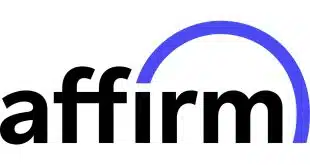MasterCard Inc. on Monday is releasing a new policy aimed at speeding the testing and certification of EMV chip card terminals at U.S. merchant locations.
The policy change, which the Purchase, N.Y.-based network says will cut test time to a few hours from as much as a couple of weeks, follows a similar move announced by Visa Inc. last week. MasterCard says it is also “updating” its EMV-related chargeback policy to ease the flow of counterfeit card chargebacks now for the first time hitting merchants that are not yet capable of accepting chip cards.
Under its new policy, MasterCard says it is handing acquirers more responsibility to either follow the network’s testing procedures or conduct alternative test procedures if they wish. In this way, it says it is reducing by 58% the number of required tests to which acquirers must subject terminals to certify them as EMV-ready. Visa last week said its own policy change reduces it roster of recommended test scripts from about 35 to 14.
For value-added resellers, the companies that often work with acquirers and software developers to deploy new point-of-sale equipment, MasterCard says it is providing more documentation that could streamline terminal configurations and test procedures and also speed troubleshooting at merchant locations.
As for fraud chargebacks, MasterCard says it is updating its rules “to minimize the cost to merchants who have not yet transitioned to EMV.” The update involves adjustments MasterCard has been making to its network intelligence to more accurately bar chargebacks from going to merchants when the transactions don’t meet network criteria for merchant liability, Chiro Aikat, MasterCard senior business leader for U.S. product delivery, tells Digital Transactions News.
As an example, the tweaks the network has been making will stop a chargeback from going back to the merchant when the cashier processes a counterfeit contactless chip card on a contactless terminal made for mag-stripe cards if the issuer authorizes the transaction, even though the terminal isn’t an EMV-capable device, Aikat says. In this case, the device is still passing along useful dyanamic data, he adds.
“We don’t want the merchant to incur any expense by processing that chargeback if it doesn’t meet the guidelines [for the liability shift],” Aikat says, referring to these network adjustments as “edits.” “We added a lot of edits in June, and we are continuing to do so to help balance the system,” he says.
Along with testing and certification logjams, chargebacks related to counterfeit cards have become a major issue for merchants in the EMV rollout. Since an Oct. 1 liability shift, issuers have been allowed to flow such chargebacks to merchants in cases where the merchants aren’t yet capable of processing chip cards. Before, issuers absorbed this fraud.
MasterCard also reported 70% of all U.S. credit cards carrying its brand are now chip cards, up 58% since the October fraud-liability shift. The number of U.S. merchant locations accepting chip cards stands at 1.4 million, up 240% since Oct. 1. Last week, Visa reported an EMV-acceptance count of 1.2 million U.S. locations.




